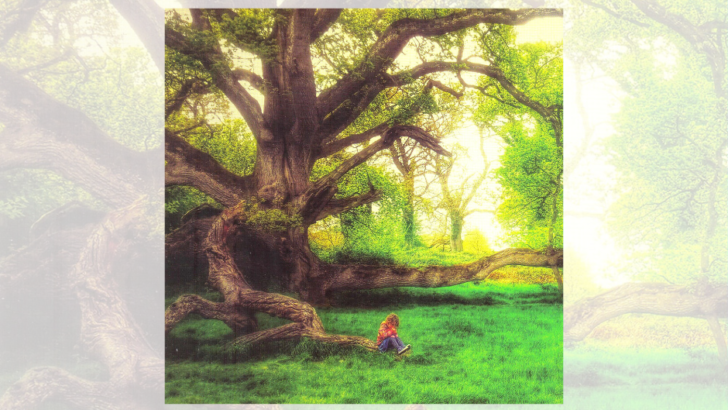How We Survived and Surprised: A Collection of Writing by Polio Survivors in Ireland
(Post Polio Support Group Ireland, €10.00 plus postage; contact Post Polio Support Group, Unit 319 Capel Building, Mary’s Abbey, Dublin 7; email infro@ppsg.ie; tel: 01 889 8920)
From time to time in these pages we review books published in support of charities. These are often of variable quality, but this one, for a charity dealing with a little known but crippling affliction, Post Polio Syndrome, is an excellent volume in support of an import cause.
Polio (according to the HSE site) is an infection caused by a virus, which causes fever, vomiting and muscle stiffness.
Most people with polio do not have any symptoms and do not know that they’re infected. But for some people, polio causes temporary or permanent paralysis, involving the loss of the ability to move some or all of your body. The paralysis can be life-threatening.
Polio used to be common in Ireland and worldwide. It’s rare today because it can be prevented with a vaccine. Cases of polio in Ireland fell when the vaccine was introduced in 1957. The last recorded case of polio in Ireland was in 1984.
But the infection is still found in some parts of the world, such as Nigeria and South Asia, areas Ireland has strong contacts with. Because of this, there is a very small risk that polio could be brought back to Ireland.
There’s no cure for polio, so it’s important to make sure that you and your children are vaccinated against it. So much for what the HSE says about the disease.
Personal
Here in Ireland there was a significant outbreak in the later 1940s and early 1950s. Many people were affected but survived. But in their later years the effects of polio returned in the form of Post Polio Syndrome.
I speak from family experience as two members of our extended family network suffer from it. It involves a dehabilitating weakness of the muscles in arms and legs which leads to mobility problems and incapacity. That a loved one should be haunted by an illness of their childhood is very concerning.
Yet I know from experience that to the present generation polio has no meaning at all, not even as a legend. Diseases have their fashions. Polio is just not the fashion anymore.
“This is all over a very heart warming and entertaining as well as informative read”
This book is written, composed, illustrated, and designed by those who live with the condition. It contains poems ranging from haiku to longer recollections of childhood in verse, but also a well judged selection of prose pieces. These are of all kinds. Two that especially struck me were ‘Louis Heels’, by Anne Shanahan, and ‘Delivering for Santa’ by Mary Byrne.
But others equally good are printed. So this is all over a very heart warming and entertaining as well as informative read. It’s so good you wouldn’t think it was all done for charity.
Mary Byrne describes her life running with her husband a well-established family business in Daingean Co. Offaly. This is full of interest for the insight it gives on rural life in the 1950s and 1960s, with all its ups and down and difficulties. It shows what can be achieved against the odds.
Theirs was a good local shop of the old fashioned kind that sold everything you think, and always with a smile. There is a brief hint of the coming times when service has become less personal, when a few of the customers begin to talk of the cheaper prices at Dunne’s Store in the county town Tullamore – not of course that the local people chose to go there.
Influences
Strangely enough there seems to be very little, hardly hint indeed, of the blighting darkness of those days which we are told so often was spread over the land by the baleful influences of State and Church.
‘Louis Heels’ is a charming vignette of a 16-year-old girl’s venture into the Wolds of fashion and boys. Because of ‘her leg’ things are different for, and a special shoe with those fashionable heels named after Louis XV, were specially made for her by a friendly cobbler.
“What with the new shoes and the dress in Japanese silk her granny had made up from a McCall’s pattern” (ah yes, those were indeed the days of the home made dress) she got to dance all the evening to the music of Elvis and Pat Boone, with “a new boy” to the place – wearing “a black shirt and dark rimmed glasses, with a sort of intellectual air about him”, someone’s cousin who has ambitions to be a writer and promises to lend her books by Hemingway, and makes a date for the pictures the following Saturday… readers of a certain age will recognise all of this with a happy sigh.


 Peter Costello
Peter Costello A very small child and a very ancient tree, one of the photographs from the Post Polio
album.
A very small child and a very ancient tree, one of the photographs from the Post Polio
album. 